As the world celebrated Moon Day last weekend, on 20 July, one ESA engineer has already completed a lunar-inspired challenge of his own. Antonio Preden, engineering team leader at ESA for the European Service Module, set out to race the very spacecraft he helped bring to life.
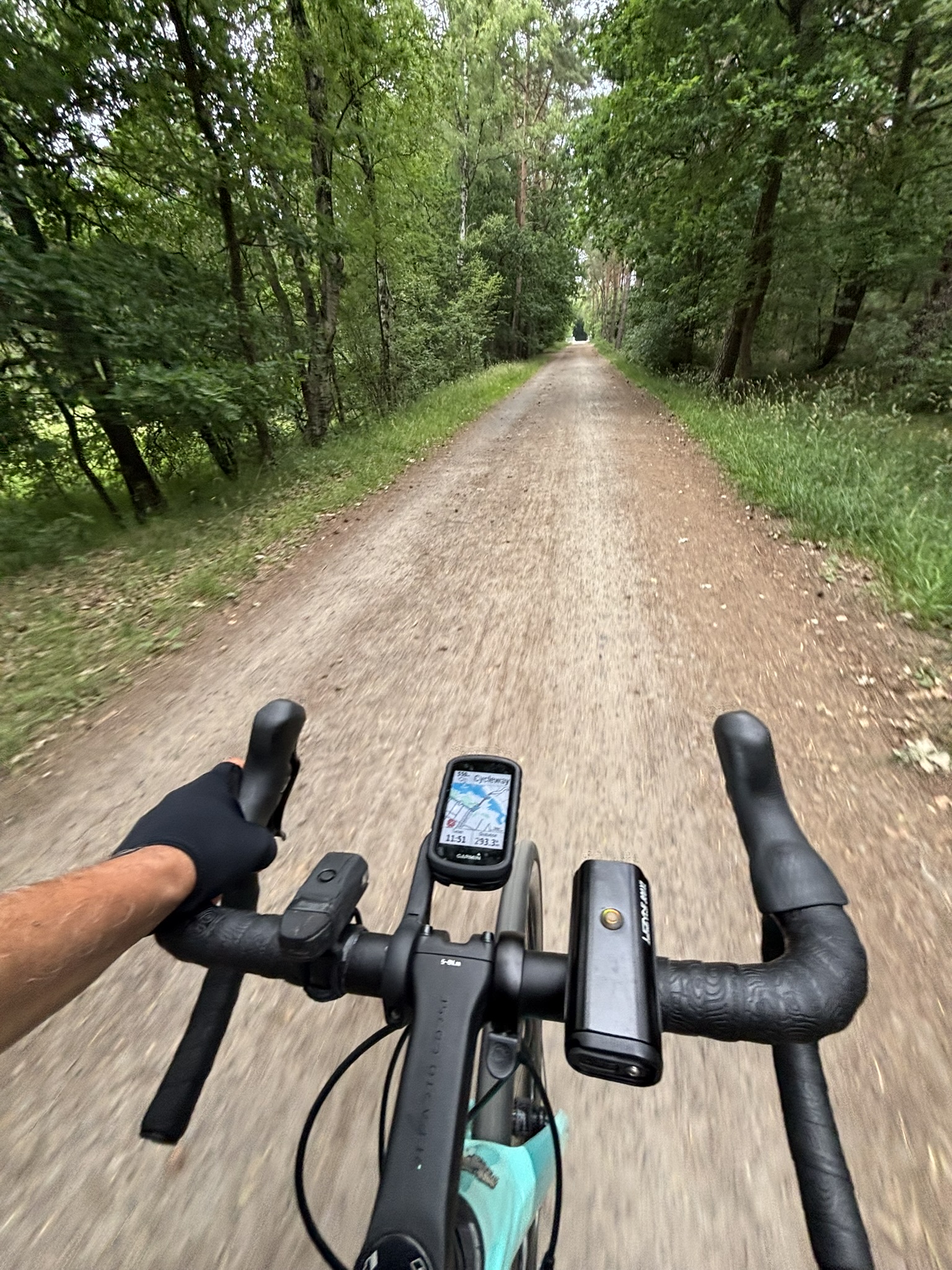
Instead of flying through space, Antonio took to his bike. Credit: ESA-A. Preden
Antonio challenged himself to beat the average speed of the first European Service Module (ESM-1) on its journey from Bremen, Germany – where it was assembled – to its furthest point from Earth during the Artemis 1 mission. But instead of flying through space, Antonio took to his bike.
ESM’s journey
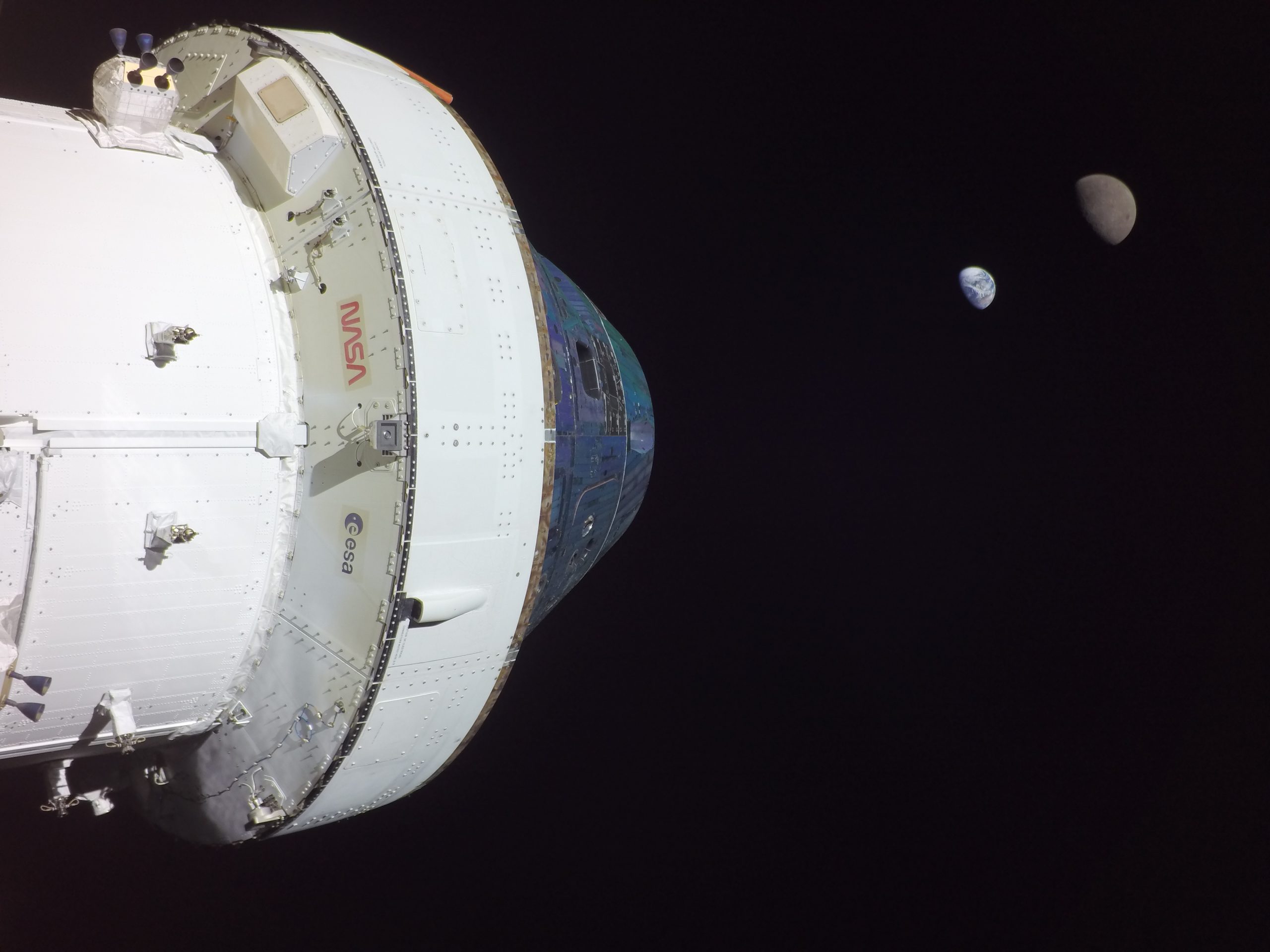
A family portrait of the Moon, Earth, and the Orion vehicle powered by the European Service Module, captured during Artemis I. Credit: NASA
In total, ESM-1 travelled 619 400 km over 1484 days, averaging a speed of 18km/h from Bremen to the furthest point of its journey beyond the Moon.

ESM-1 ready to depart Europe at Bremen airport, Germany. Credits: ESA–A. Conigli
The odyssey of ESM-1 began on 5 November 2018, when the fully assembled module left Airbus in Bremen and was flown to NASA’s Kennedy Space Center in Florida – a distance of around 7400 km in a day. In November 2019, the module was sent to NASA’s Plum Brook Station in Ohio, 1300 km away, for environmental testing. In March 2020, ESM-1 returned to the Kennedy Space Center – another 1300km – for final launch preparations.
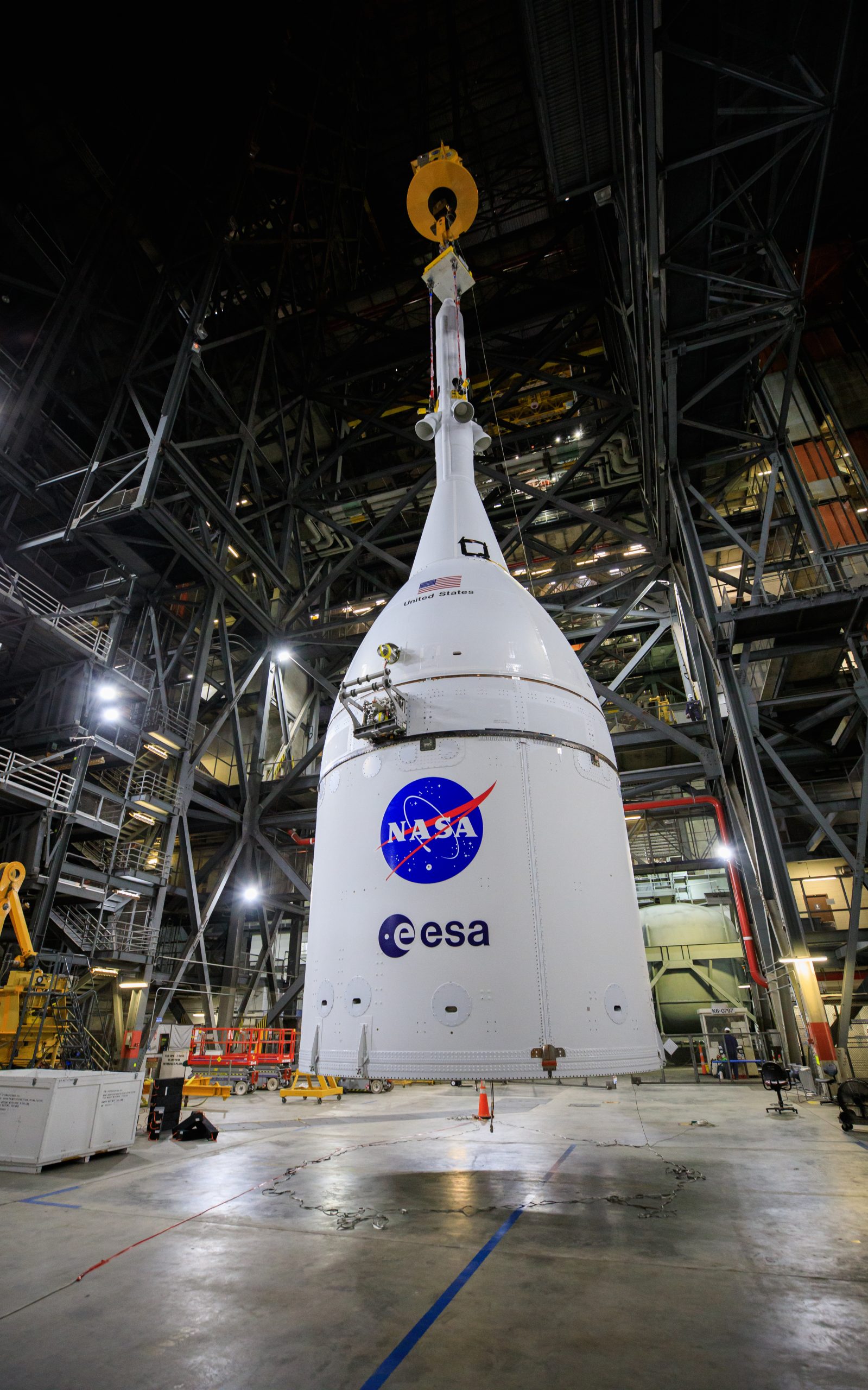
Stacking of Orion, fully assembled with its launch abort system, on the Space Launc System rocket in High Bay 3 of the Vehicle Assembly Building at Kennedy Space Center in Florida on Oct. 20, 2021. Credit: NASA
On 16 November 2022, ESM-1 lifted off on Artemis I, powering Orion 384 400 km to the Moon. But the journey continued: on 28 November 2022, Orion reached its most distant point from Earth while in a distant retrograde orbit around the Moon, another 225 000 km further.
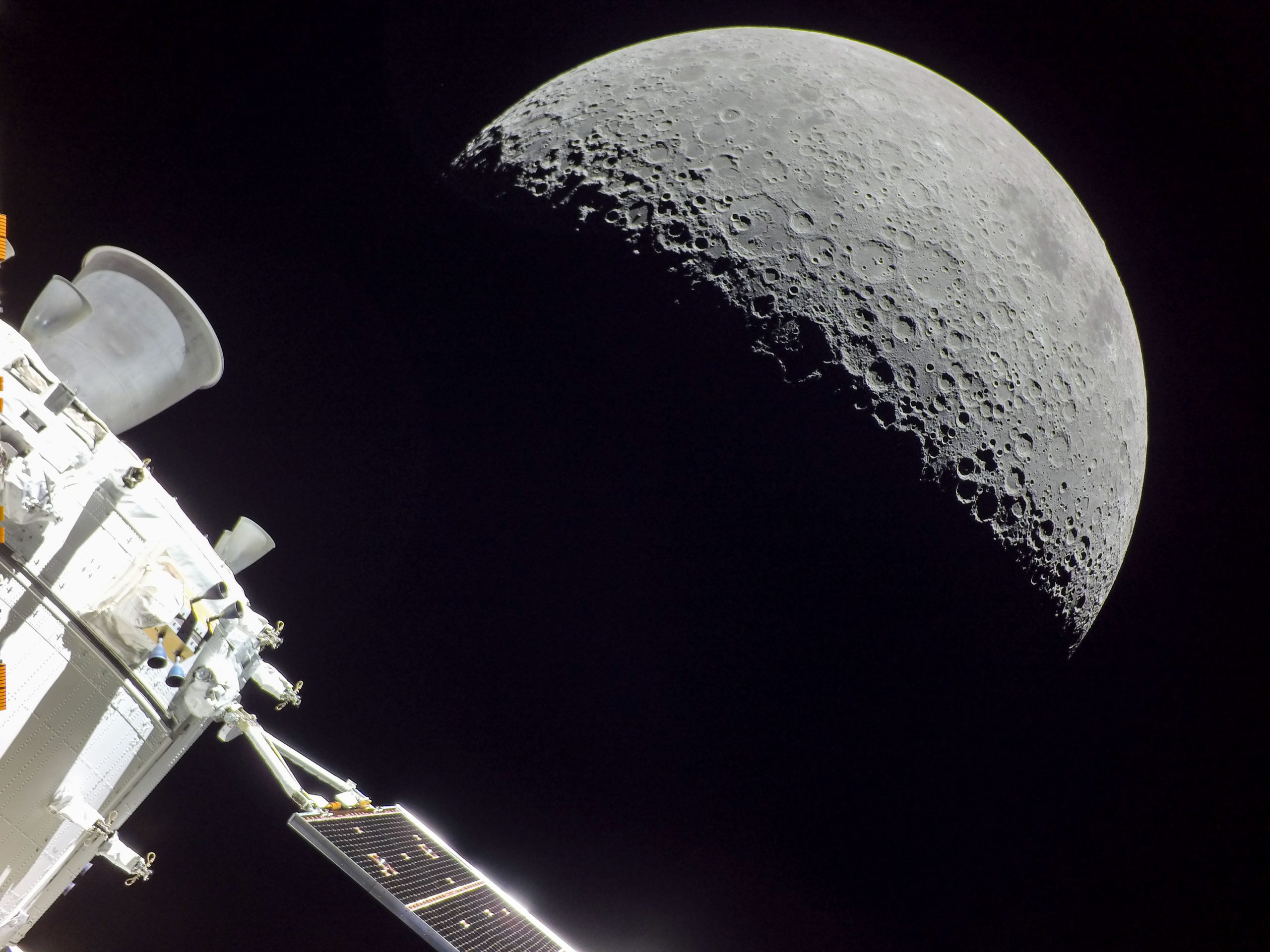
The Moon seen during Artemis I mission. Credits: NASA
The challenge is set
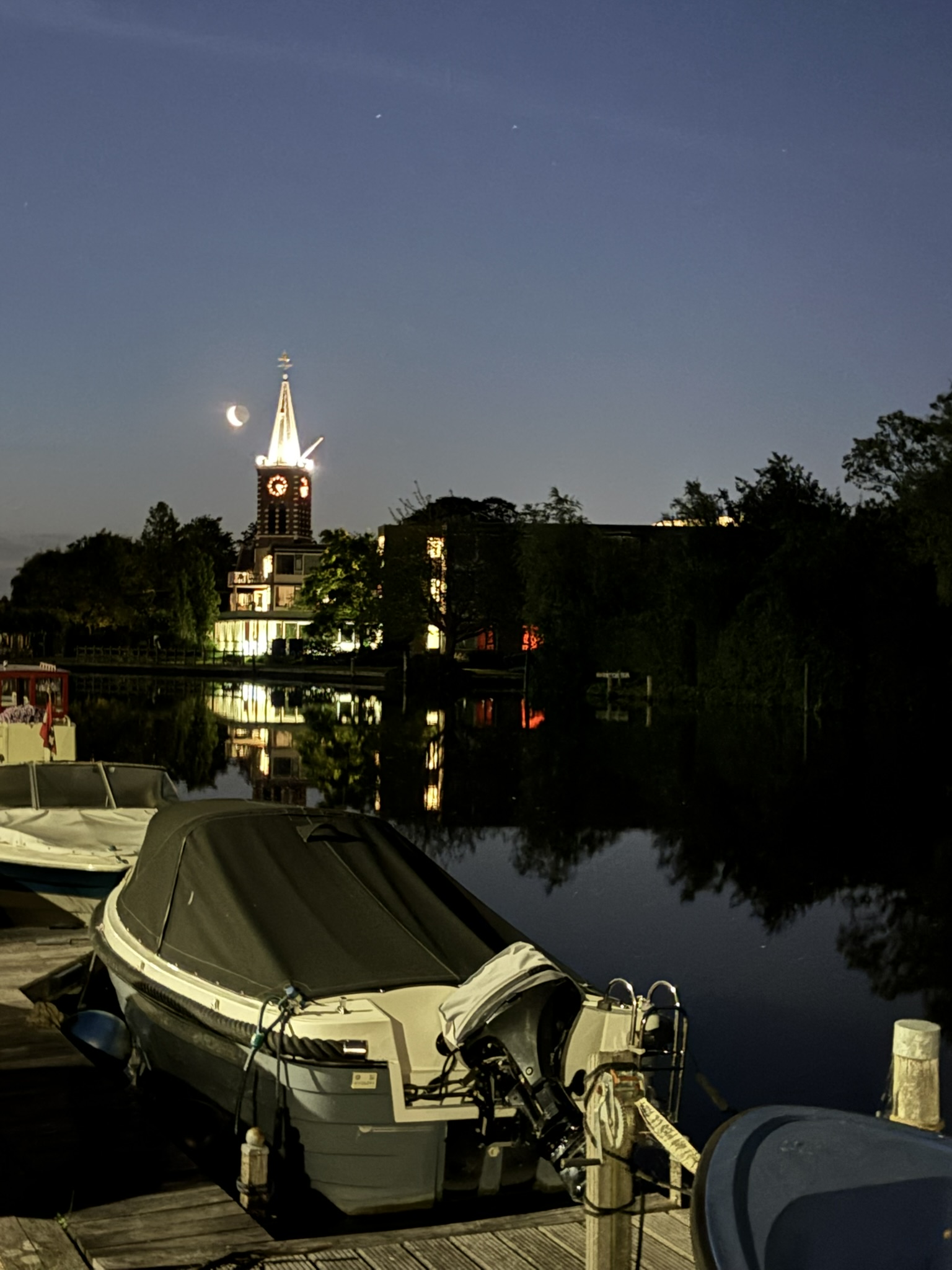
The journey began in the Netherlands.
Credit: ESA-A. Preden
Antonio’s goal: beat that average speed on a bicycle by covering the 363 kilometres from Leiden (just a few kilometres away from ESA’s ESTEC centre, where the ESM team works) to Airbus Bremen – and do it in under 21 hours.
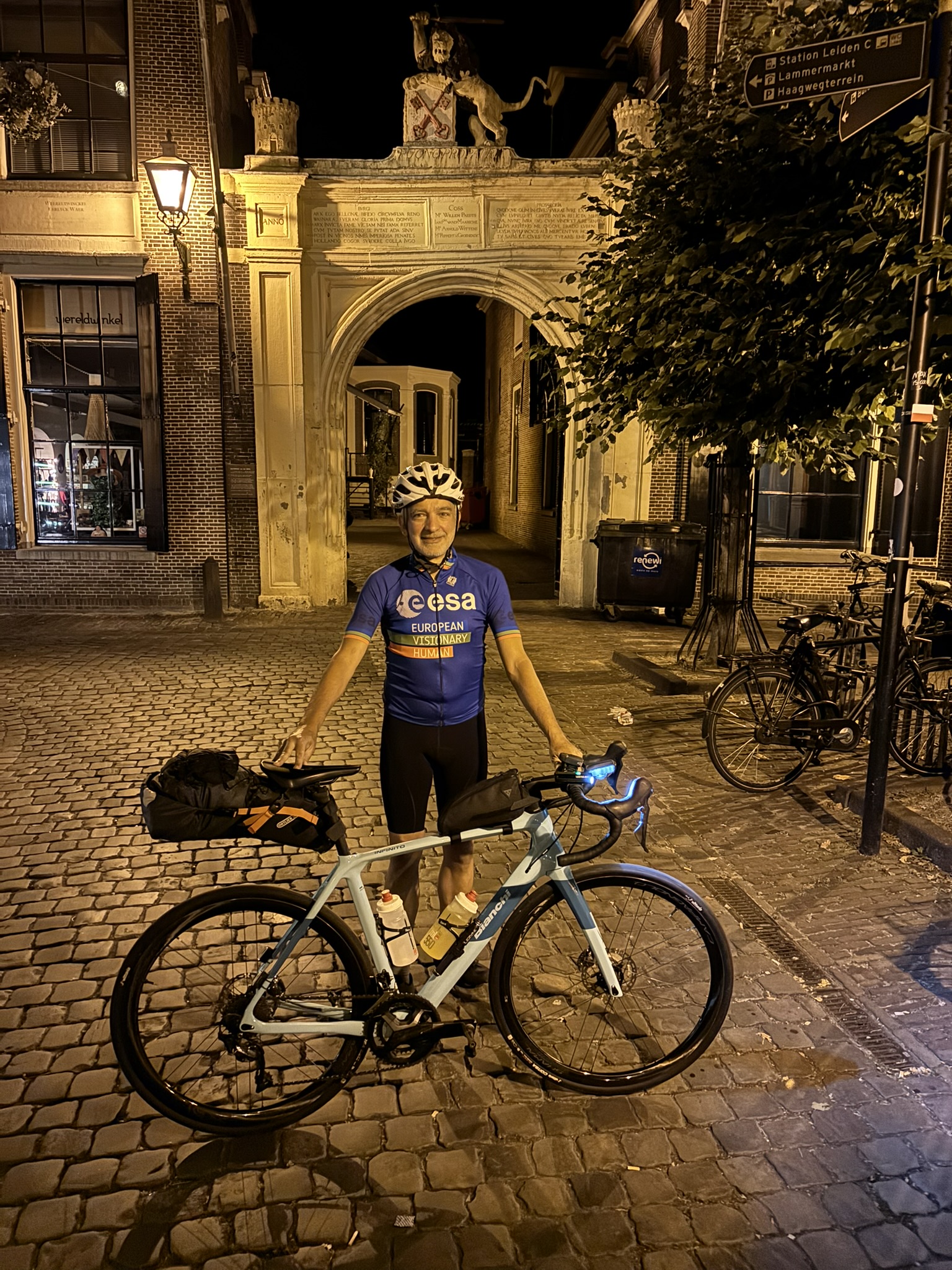
Antonio set off at night, just like ESM-1’s departure from Bremen and Artemis I’s liftoff from Cape Canaveral. Credit: ESA-A. Preden
He set off at night – just like ESM-1’s departure from Bremen and Artemis I’s liftoff from Cape Canaveral – and cycled east across the Netherlands and into Germany.
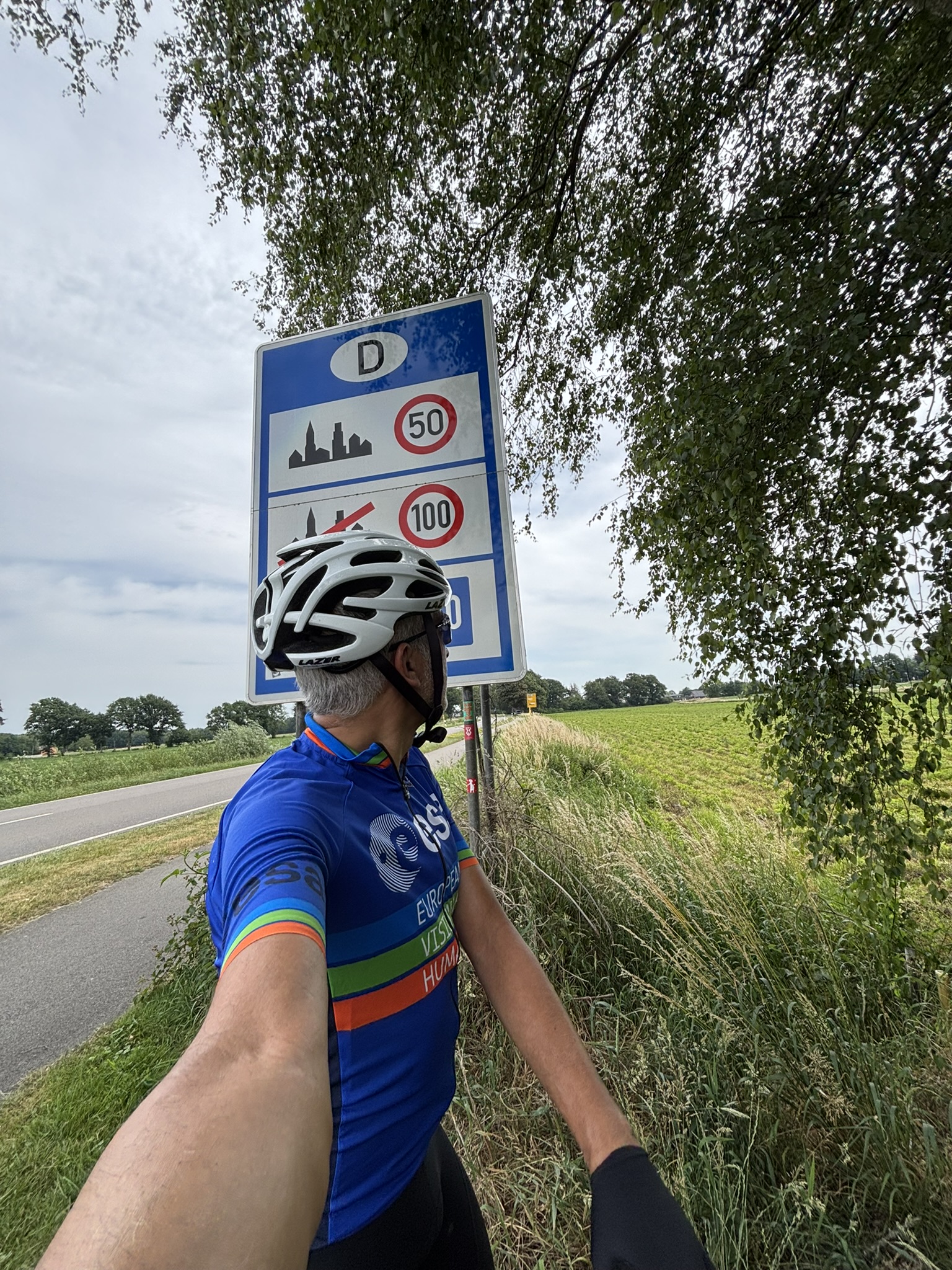
The journey crossed the Netherlands and Germany. Credit: ESA-A. Preden
Along the way, Antonio passed a sign for Brouwerij Artemis along the way. A cosmic coincidence?
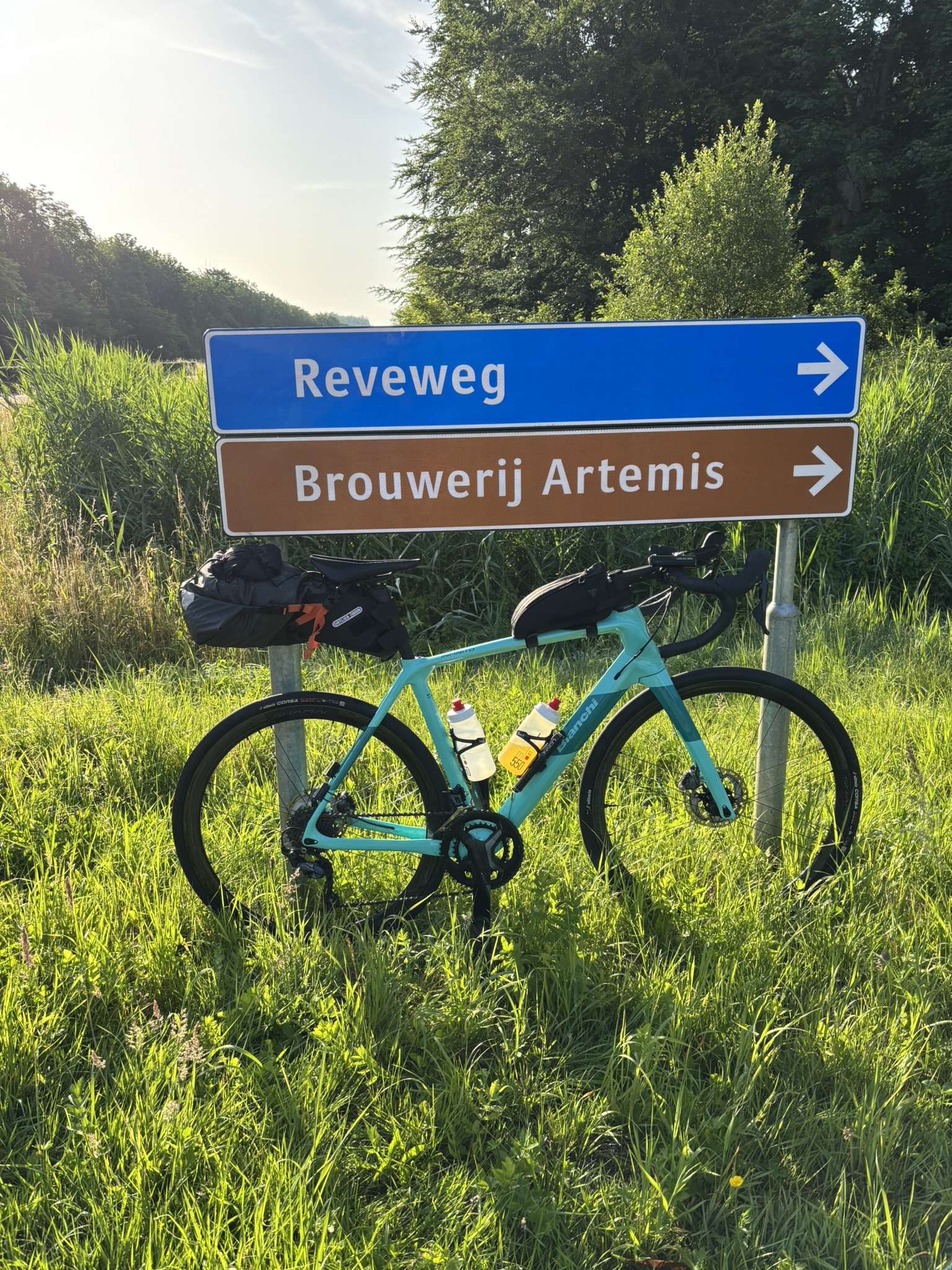
Cosmic coincidence. Credit: ESA-A. Preden
17 hours and 25 minutes after leaving Leiden – including just under three hours of breaks and 14 hours and 45 minutes of cycling time – Antonio arrived at Airbus in Bremen. His average speed: 20.84 km/h, beating ESM-1 by almost 3km/h.
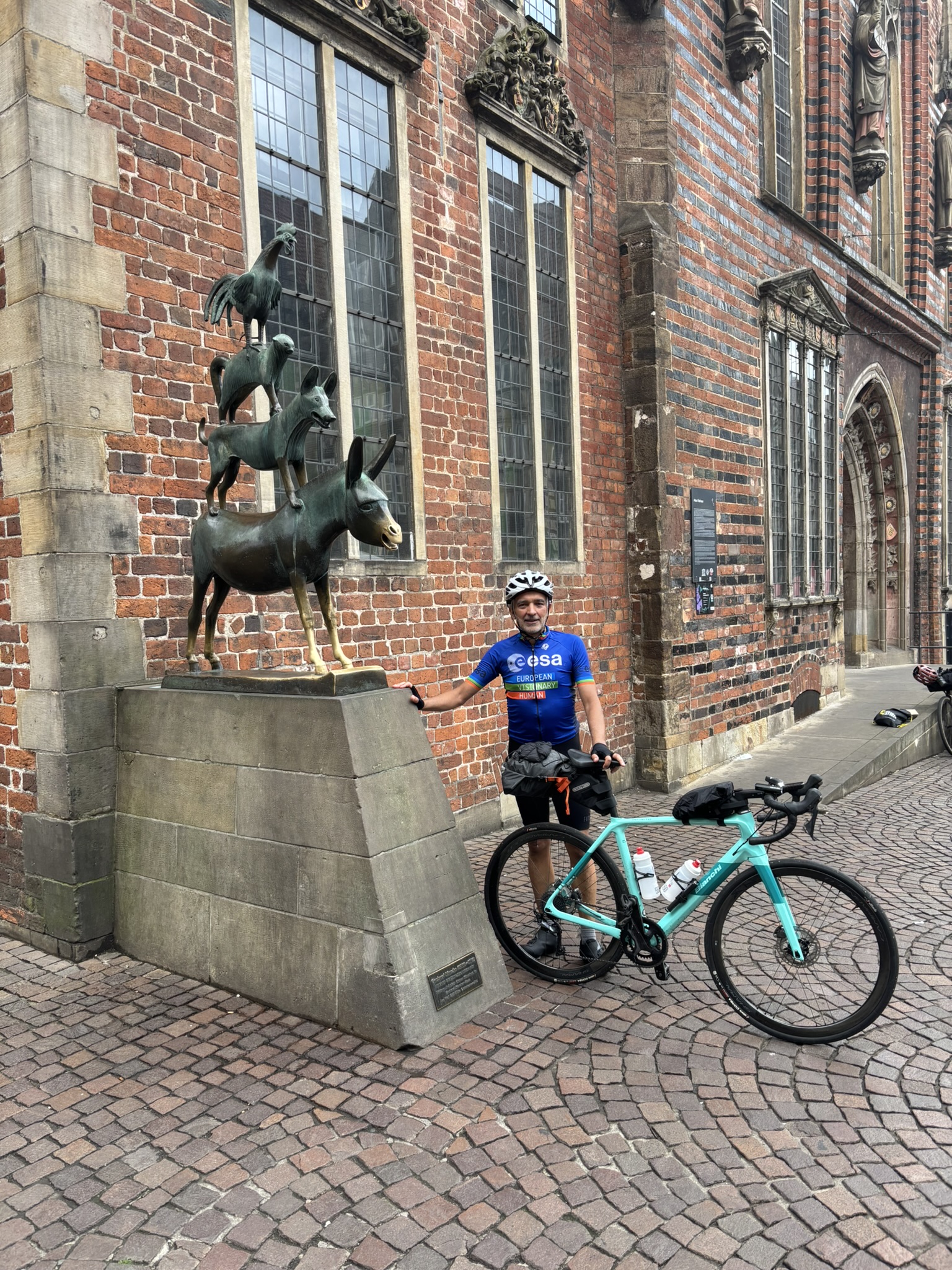
Antonio arrived safely in Bremen, beating ESM-1’s average speed by almost 3km/h! Credit: ESA-A. Preden
It may not have required a launchpad, but Antonio’s journey shows the same spirit of adventure and determination that drives ESA’s missions. From Earth to the Moon – and now from Leiden to Bremen – Artemis continues to inspire.
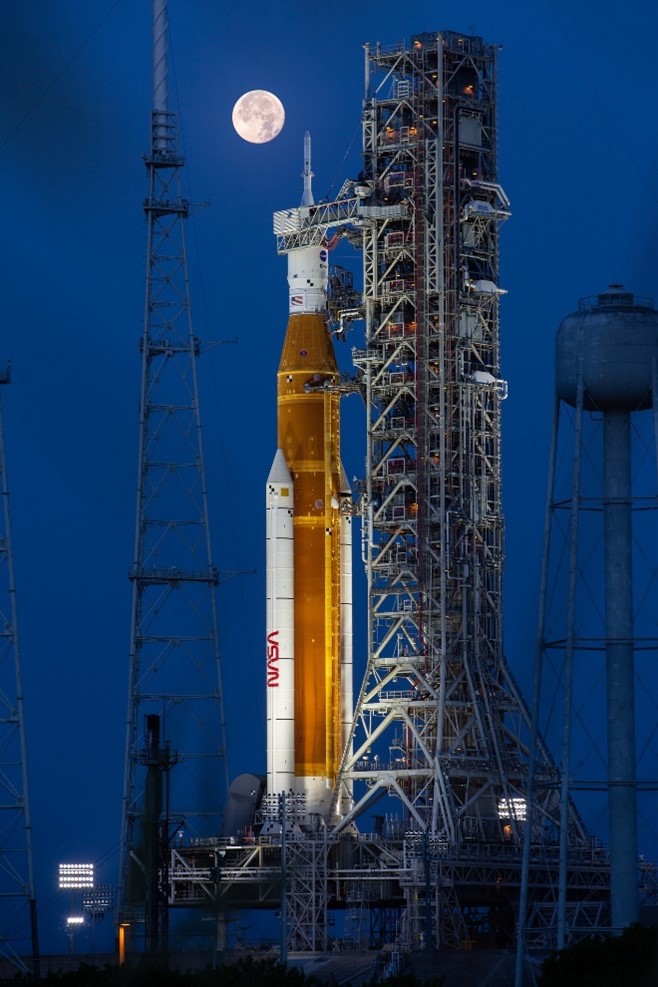
NASA’s superheavy Space Launch System SLS rocket before the launch of Artemis I. Credit: NASA

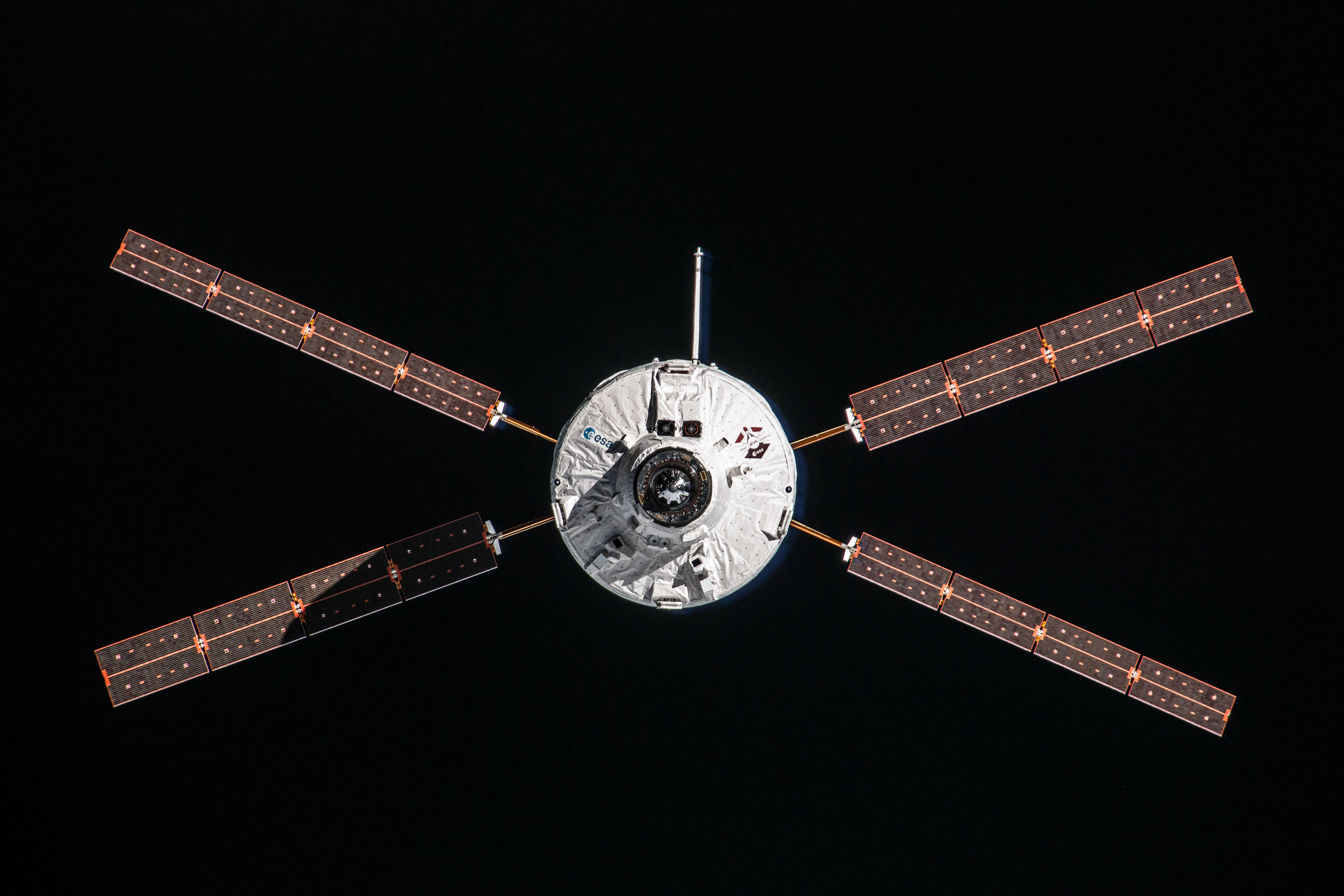 Automated Transfer Vehicle page
Automated Transfer Vehicle page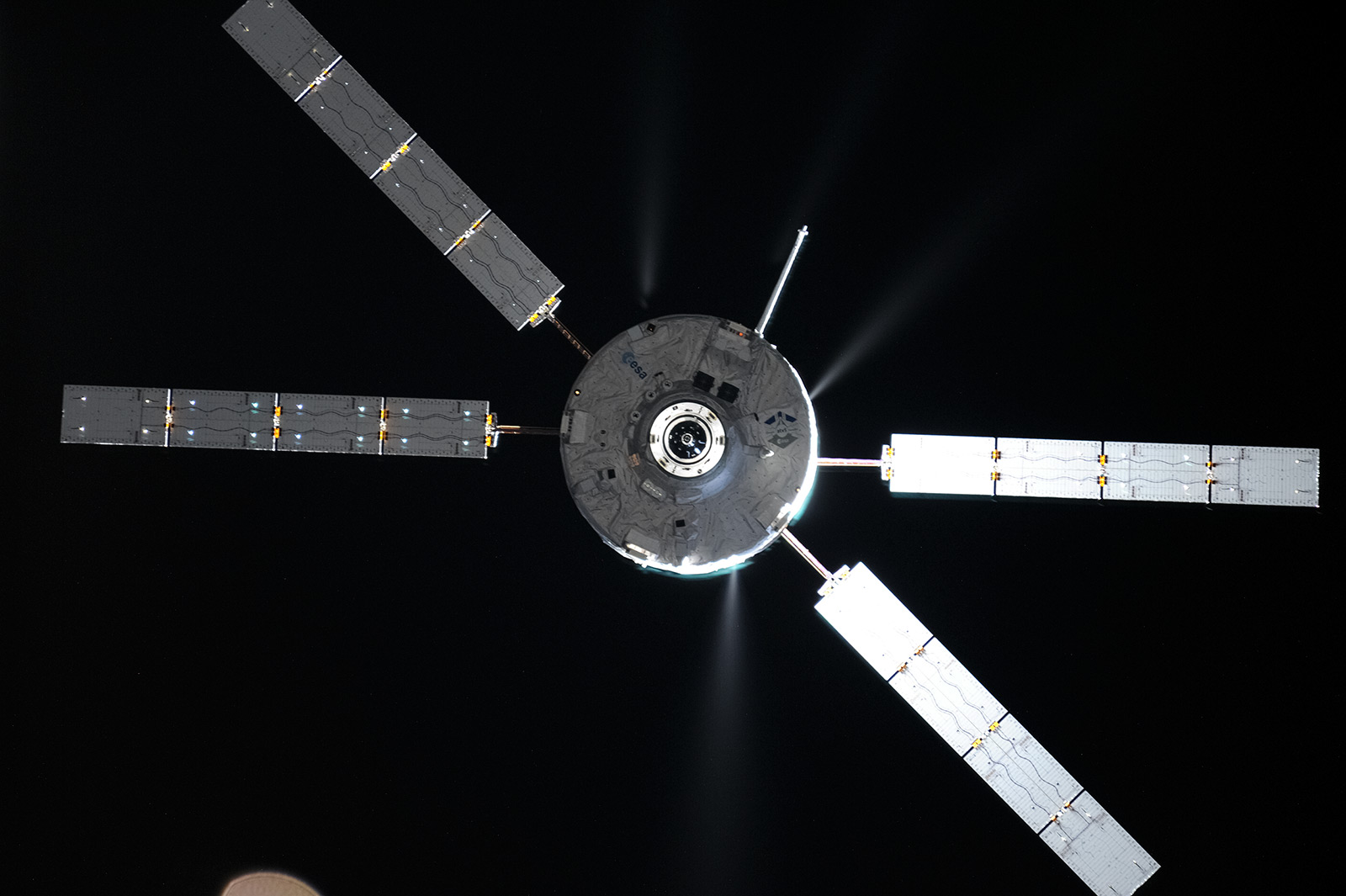 ATV blog archive
ATV blog archive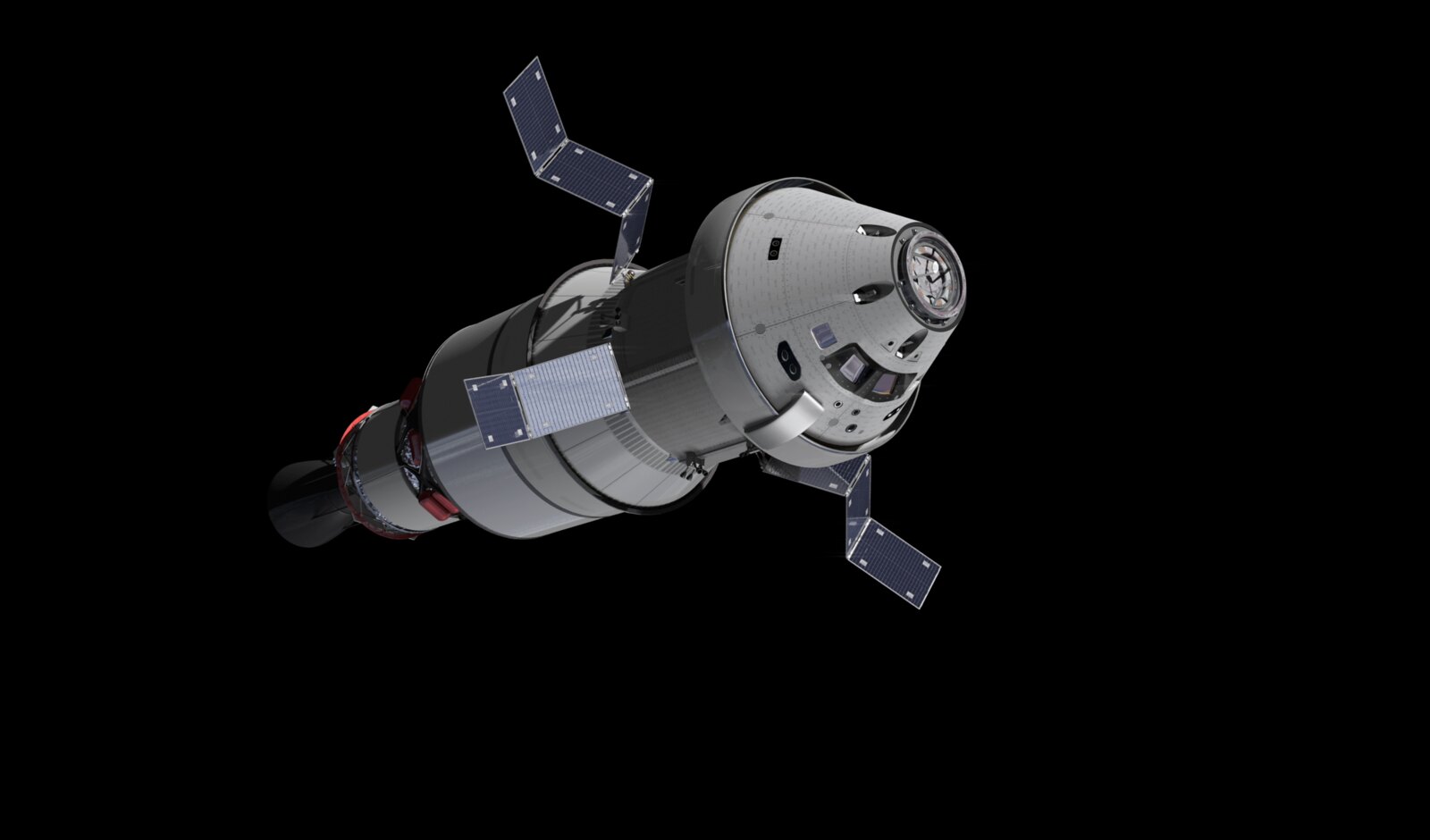
Discussion: no comments